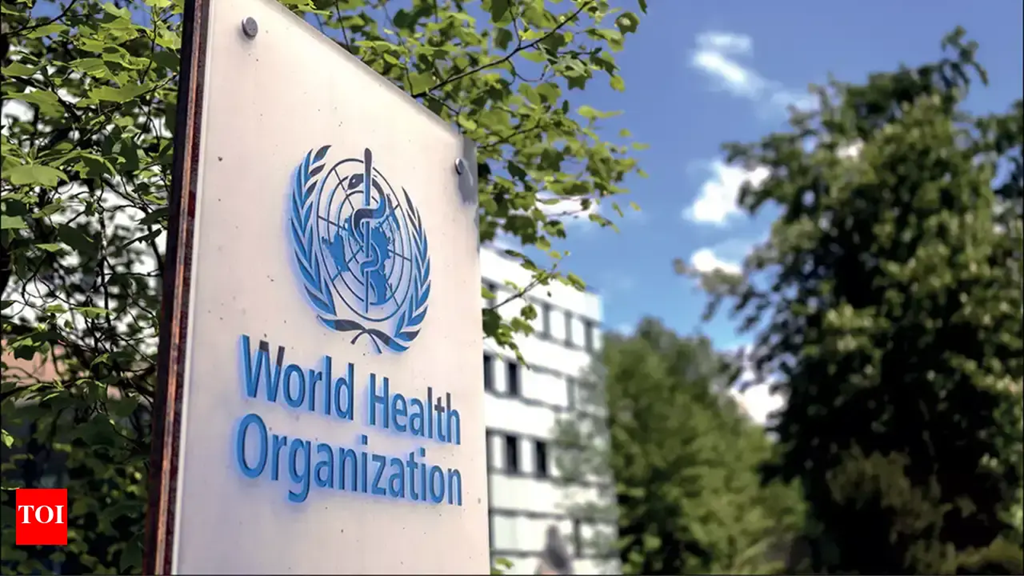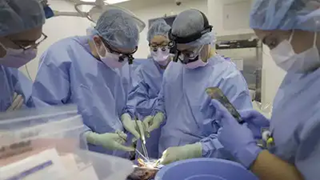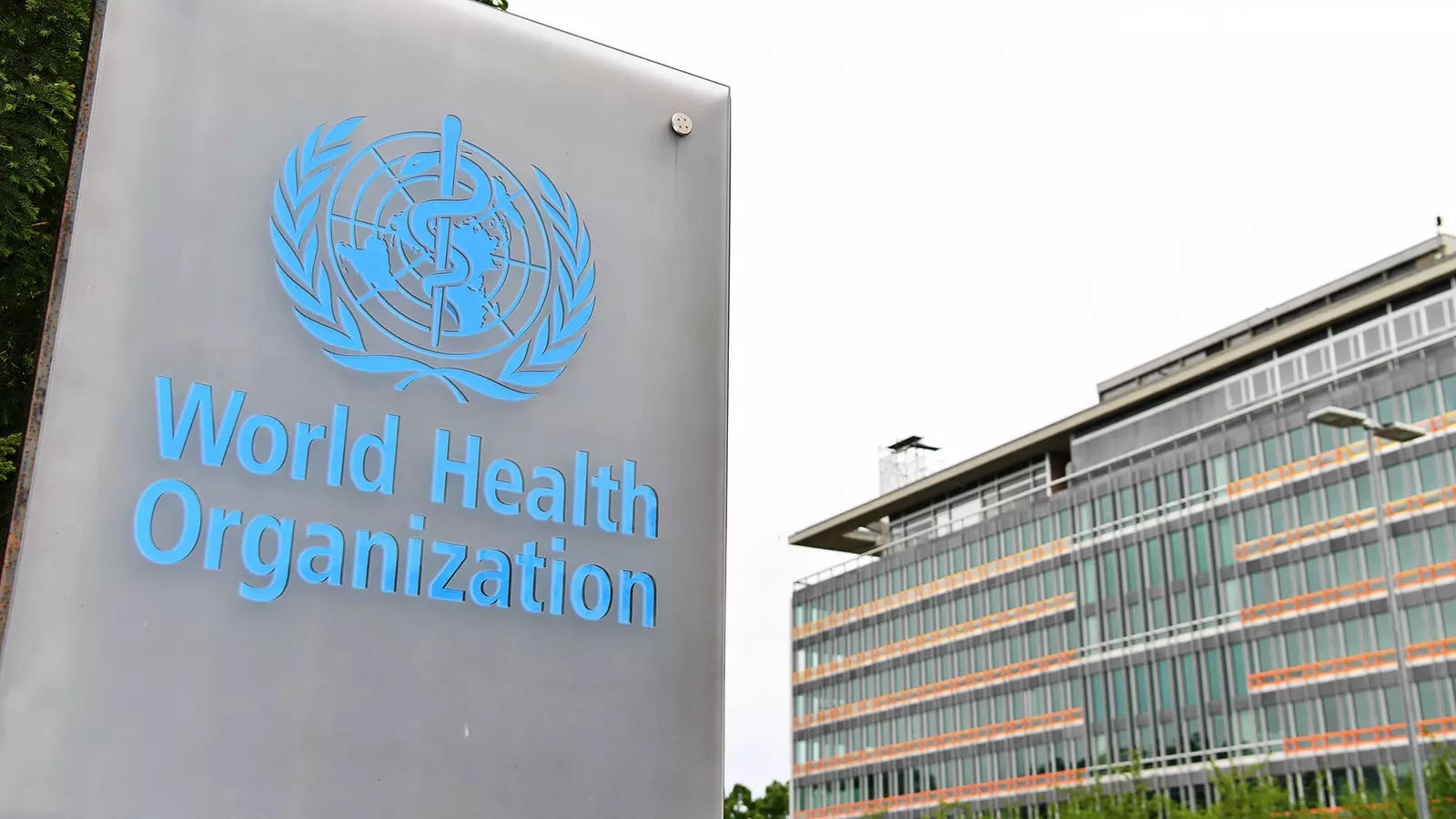One of the biggest fallouts of the pandemic globally has been the low routine immunisation coverage of children. As per WHO data of November 23, 2022, nearly 40 million children globally had missed a measles vaccine dose last year. As a result, there were an estimated nine million measles cases and 1,28,000 deaths in 2021.
The ongoing measles outbreak in Mumbai is a reflection of the lower immunisation coverage due to disruption in vaccination services and hesitancy by parents to get their children vaccinated. As of November 24, there have been 233 measles infections and 13 deaths in Mumbai. As per recent data, 538 confirmed measles cases have been reported in Maharashtra this year, as of October. There have also been increased number of measles cases in Bihar, Gujarat, Haryana, Jharkhand, and Kerala.
“It is clear that in all such geographies, the effected children are unvaccinated and the average coverage of MRCV [Measles and Rubella containing vaccine] among the eligible beneficiaries is also significantly below the national average,” Health Ministry said in a letter dated November 23. Evidence from elsewhere suggests that unvaccinated children have nearly 70% higher mortality risk compared with vaccinated children.
Ironically, even in 2021 when the COVID-19 pandemic was at the peak in India, measles vaccination coverage in Mumbai was 78%, while in 2022 (till October) when the pandemic has largely been on low burn after the third wave, measles vaccination coverage in the city has been just 41.9%, as per Maharashtra health officials.
On why increased number of measles cases have been reported only from six States when measles vaccination coverage has been low across India, epidemiologist Dr. Giridhara Babu from the Public Health Foundation of India, Bengaluru says in an email: “There is a detection and reporting bias. As per latest report, the measles incidence rate has increased from 3.37 per one million total population (October 2020-September 2021) to 8.86 per one million total population (October 2021-September 2022). The burden has increased in most States. We need to be careful that outbreaks are not missed in areas with poor reporting.”
Explaining the large outbreak in Mumbai and increase in measles cases in some States, Dr. Babu says, “Two-dose vaccination coverage is most critical to interrupt measles transmission. Even if 80 of 100 children are vaccinated with one dose, only 68 children are immunised (85% seroconversion), leaving out 22 of 100 children susceptible to infection. If this continues for two years, the susceptible pool expands. Hence, it is very important to sustain a high level of coverage through a universal immunisation programme and follow up with supplementary immunisation activities to prevent outbreaks.”
Mop-up campaign
Maharashtra is currently undertaking mop-up vaccination of all children with MRCV in parts of Mumbai that has reported the recent outbreak of measles. Though the first dose of measles vaccine is given at 9-12 months as part of routine immunisation programme, as part of the current strategy, one dose of MRCV will be administered to all children aged nine months to five years in areas that are showing a recent increase in the number of measles cases. This dose will be in addition to the primary vaccination schedule for the first and the second dose.
“In outbreak settings, children younger than nine months (the recommended age for measles vaccines) are at increased risk of measles. Therefore, infants of six months and older are also recommended for measles vaccination,” Dr. Chandrakant Lahariya, physician and infectious diseases specialist who was involved in India’s biggest documented measles outbreak investigation at Shivpuri in Madhya Pradesh in 2004, says in an email to The Hindu.
The level of protection offered by measles vaccination is dependent upon the age of administration. As per scientific evidence, in the case of measles, the persisting maternal antibodies affect the response to vaccination or immune conversion in infants.
“Before nine months, especially before six months, maternal antibodies interfere with immune response to measles vaccine. Therefore, the avidity and affinity of antibodies generated by vaccination before nine months remain low. It is in this backdrop that nine months of age is considered optimal for measles vaccination in infants,” Dr. Lahariya says about the rationale for administering the vaccine at nine months as part of the routine immunisation programme.
The efficacy of measles vaccination is estimated around 85% when the first dose is administered at nine months. It rises to around 95% when the second dose is administered, Dr. Lahariya says.
Vulnerable to infection
While even one dose provides sufficient protection and two doses provides full protection, a couple of vaccinated children in Mumbai and Mallapuram district in Kerala have still been infected. This could possibly be due to the failure to sero-convert following vaccination. “Levels of antibodies induced by measles vaccination decrease over time. Two doses of the vaccine are thus recommended to ensure immunity and prevent outbreaks, as about 15% of vaccinated children fail to develop immunity from the first dose,” says Dr. Babu.
Population susceptibility to measles depends on the uptake of two doses, vaccine effectiveness, immunity from prior infection, and protection by maternal antibodies in infants. Even if 80 of 100 children are vaccinated with one dose, only 68 children are immunised (85% seroconversion), leaving 22 of 100 children susceptible to infection. If this continues for two years, the susceptible pool expands. Hence, it is very important to sustain a high level of coverage through a universal immunisation programme and follow-up with supplementary immunisation to prevent outbreaks, says Dr. Babu.
Contagious virus
Measles is an extremely contagious virus, and an infected children can spread the virus to 9-10 suspectable children. “A person with measles can spread the virus to others for about eight days, starting four days before the rash appears and ending when the rash has been present for four days,” says Dr. Babu. “Unless other children have rash, it is difficult to isolate ahead of prodromal phase, and direct contact with infectious droplets or by airborne spread would have already occurred in closed settings.”
“The R-effective is the outcome of crowding and vaccination coverage. R-effective of two-three [ability to spread to two-three children] is usually reported in outbreak settings,” Dr. Lahariya says.










![Best Weight Loss Supplements [2022-23] New Reports!](https://technologytangle.com/wp-content/uploads/2022/12/p1-1170962-1670840878.png)




